#volcan calbuco
Text
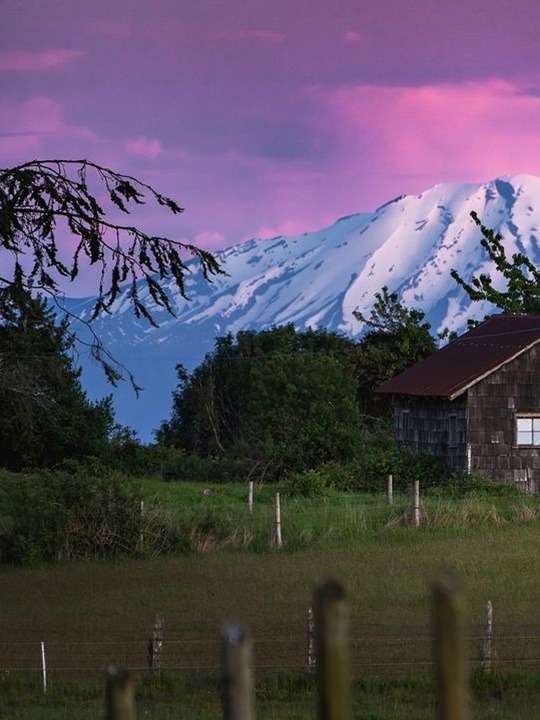

Majestic
Volcán Calbuco, Loncotoro, Los Lagos, Chile.
#photography#art#nature photography#landscape photography#photographers on tumblr#artists on tumblr#forest photography#autumn photography#travel photography#sunset photography#landscapes#adventure#los lagos#chile#volcan calbuco#patagonia#aesthetics#lensblr#mountains#patagononia chilena#south america#sweet home#nature#pink skies#volcano
1K notes
·
View notes
Text

Volcan Calbuco sobre Lago Llanquihue, Puerto Varas, 2022.
Calbuco is an active volcano. A major eruption in 2015 sent ashes as far as Buenos Aires, more than 1000 km to its east, and several towns at its base had to be evacuated in fear of lava flows. The 1975 m volcano shows signs of potential eruption in the not distant future threatening the nearby lakeside town of Puerto Varas and the much larger city of Puerto Montt about 100 km to its west.
21 notes
·
View notes
Text

1 note
·
View note
Text
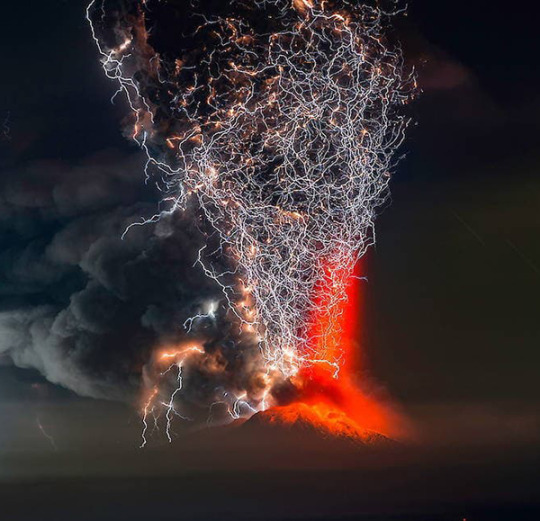
Calbuco, The Awakening l Francisco Negroni l 2015
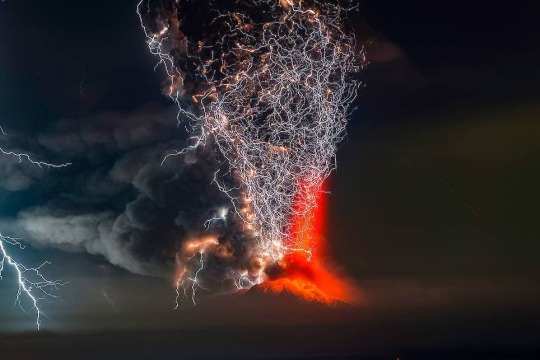
#calbuco volcano#volcanic eruption#nature#photography#chile#lightning#thunder storm#volcanic ash#lava#volcanoes#disaster#earth#volcano
946 notes
·
View notes
Photo

Volcanic lightning captured during Calbuco eruption in 2015 in Southern Chile
49 notes
·
View notes
Text

Lo más probable es que todo llegue a su fin, pero fue un bonito desenlace 🖤
0 notes
Text

volcanic lightning. The “dirty thunderstorm” shot at Calbuco volcano in April 2015, southern Chile.
118 notes
·
View notes
Text
Very interesting…..
What NASA and the European Space Agency have concluded about
our current heat wave
By Thomas Lifson
The American Thinker
July 31, 2023
The current heat wave is being relentlessly blamed on increasing levels of carbon dioxide in the atmosphere, but there is a much more plausible explanation, one that is virtually endorsed by two of the world's leading scientific organizations. It turns out that levels of water vapor in the atmosphere have dramatically increased over the last year and a half, and water vapor is well recognized as a greenhouse gas, whose heightened presence leads to higher temperatures, a mechanism that dwarfs any effect CO2 may have.
So why has atmospheric water vapor increased so dramatically? Because of a historic, gigantic volcanic eruption last year that I — probably along with you — had never heard of. The mass media ignored it because it took place 490 feet underwater in the South Pacific. Don't take it from me; take it from NASA:
When the Hunga Tonga-Hunga Ha'apai volcano erupted on Jan. 15, it sent a tsunami racing around the world and set off a sonic boom that circled the globe twice. The underwater eruption in the South Pacific Ocean also blasted an enormous plume of water vapor into Earth's stratosphere — enough to fill more than 58,000 Olympic-size swimming pools. The sheer amount of water vapor could be enough to temporarily affect Earth's global average temperature.
"We've never seen anything like it," said Luis Millán, an atmospheric scientist at NASA's Jet Propulsion Laboratory in Southern California. He led a new study examining the amount of water vapor that the Tonga volcano injected into the stratosphere, the layer of the atmosphere between about 8 and 33 miles (12 and 53 kilometers) above the Earth's surface.
In the study, published in Geophysical Research Letters, Millán and his colleagues estimate that the Tonga eruption sent around 146 teragrams (1 teragram equals a trillion grams) of water vapor into Earth's stratosphere — equal to 10% of the water already present in that atmospheric layer. That's nearly four times the amount of water vapor that scientists estimate the 1991 Mount Pinatubo eruption in the Philippines lofted into the stratosphere.
NASA published the above in August 2022. Half a year later, a newer study increased the estimate of the water vapor addition to the atmosphere by 30%. From the European Space Agency:
In a recent paper published in Nature, a team of scientists showed the unprecedented increase in the global stratospheric water mass by 13% (relative to climatological levels) and a five-fold increase of stratospheric aerosol load — the highest in the last three decades.
Using a combination of satellite data, including data from ESA's Aeolus satellite, and ground-based observations, the team found that due to the extreme altitude, the volcanic plume circumnavigated the Earth in just one week and dispersed nearly pole-to-pole in three months.
Another scientific paper explains the "net warming of the climate system" on a delayed basis. NASA's Jet Propulsion Laboratory further explains:
Volcanic eruptions rarely inject much water into the stratosphere. In the 18 years that NASA has been taking measurements, only two other eruptions — the 2008 Kasatochi event in Alaska and the 2015 Calbuco eruption in Chile — sent appreciable amounts of water vapor to such high altitudes. But those were mere blips compared to the Tonga event, and the water vapor from both previous eruptions dissipated quickly. The excess water vapor injected by the Tonga volcano, on the other hand, could remain in the stratosphere for several years.
This extra water vapor could influence atmospheric chemistry, boosting certain chemical reactions that could temporarily worsen depletion of the ozone layer. It could also influence surface temperatures. Massive volcanic eruptions like Krakatoa and Mount Pinatubo typically cool Earth's surface by ejecting gases, dust, and ash that reflect sunlight back into space. In contrast, the Tonga volcano didn't inject large amounts of aerosols into the stratosphere, and the huge amounts of water vapor from the eruption may have a small, temporary warming effect, since water vapor traps heat. The effect would dissipate when the extra water vapor cycles out of the stratosphere.
So there you have it: we are in for extra atmospheric heat "for several years" until the extra water vapor injected by this largest-ever-recorded underwater volcano eruption dissipates.
Jeff Childers, who brought these scientific data to my notice, writes:
Here's why corporate media is ignoring the most dramatic climate event in modern history: because you can't legislate underwater volcanoes. You can try, but they won't listen. So what's the fun in that? Corporate media only exists to further political ends. Since volcanoes aren't subject to politics, why bother?
See? But though scientists are baffled, corporate media and its repulsive allies are busily blaming ocean warming on carbon dioxide — a ludicrous notion.
9 notes
·
View notes
Text

Phenomenal lightning occurring in the volcanic plume during the eruption of the Calbuco volcano in Chile in 2015.
62 notes
·
View notes
Video
vimeo
CALBUCO from Martin Heck | Timestorm Films on Vimeo.
Volcano Calbuco erupted on April 22, 2015, for the first time in four decades. Located close to the cities of Puerto Varas and Puerto Montt in southern Chile. We spend the prior couple of days on the neighboring volcano Osorno (~20km linear distance) shooting timelapses. After an amazing night under the nightsky we took the cable car downwards after a delay caused by repairs. Already late we headed south to catch the ferry on Routa 7 down to Patagonia. After 10min on the ferry we noticed a massive, almost nuclear looking cloud boiling upwards just were we left a few hours ago. Frenetically looking for a good outlook we then rushed to the only non-forested place to get a decent view of the show. We quickly put every bit of camera-equipment we could find on the constantly growing mushroom-cloud. We shot timelapses in 8K and 4K with a Pentax 645Z and Canon 6D. On the A7s we shot 4K video to the Shogun. We filled almost all of our memory cards in the prior night so I had to do backups while shooting all this stuff.
This was for sure the most incredible show I've ever seen. I think this is a one in a lifetime event and I am so happy that we were able to capture it in all its glory.
We will also release a timelapse video of our 6 weeks trip to Patagonia soon.
FACEBOOK: facebook.com/TimestormFilms | TWITTER: twitter.com/martinheck
WEBSITE: timestormfilms.com/
4K/UHD-Version: youtube.com/watch?v=rVcTPfBxOPU
Soundtrack: We wish it was never light - Anamog
All footage is available for licensing (video in 4K, timelapses in 8K&4K). For professional inquiries please contact me: [email protected]
FOOTAGE GALLERY: app.nimia.com/presentations/7388/calbuco-4k-volcanic-erruption-footage/
GEAR LIST:
-Sony A7s + Atomos Shogun 4K recorder
-Canon EOS 6D
-Canon 70-200mm f4 L
-Canon 24-105mm f4 L
-Samyang 14mm f2.8
-Pentax 645Z
-Pentax 55mm f2.8
-Pentax 25mm f4
0 notes
Text

The best photo I’ve ever seen of volcanic lightning. The “dirty thunderstorm” shot at Calbuco volcano in April 2015, southern Chile.
Photography by @francisconegroni_fotografia
0 notes
Text


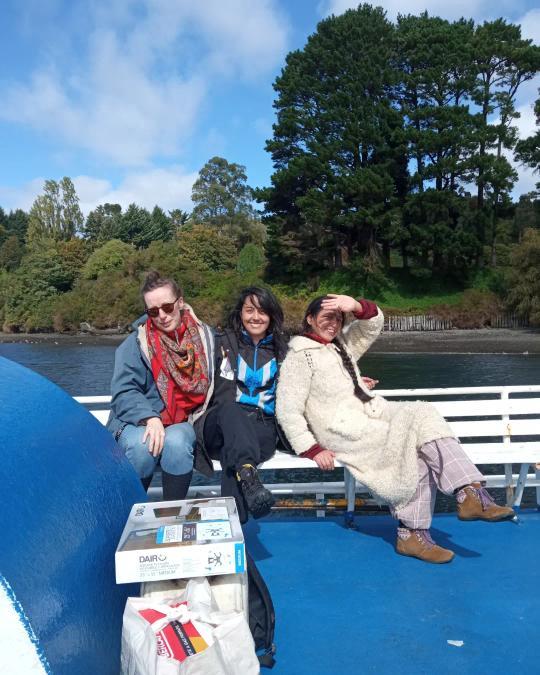
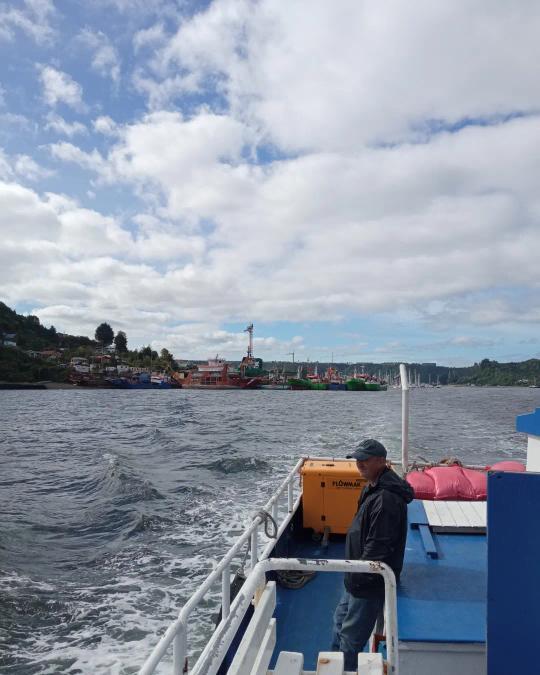

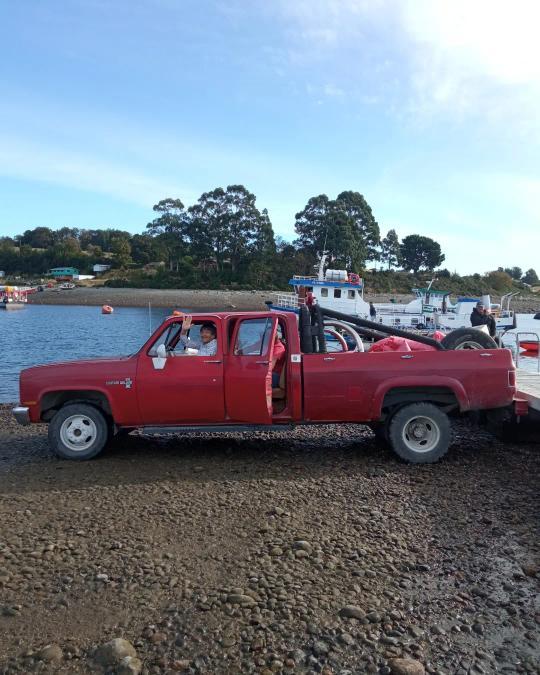


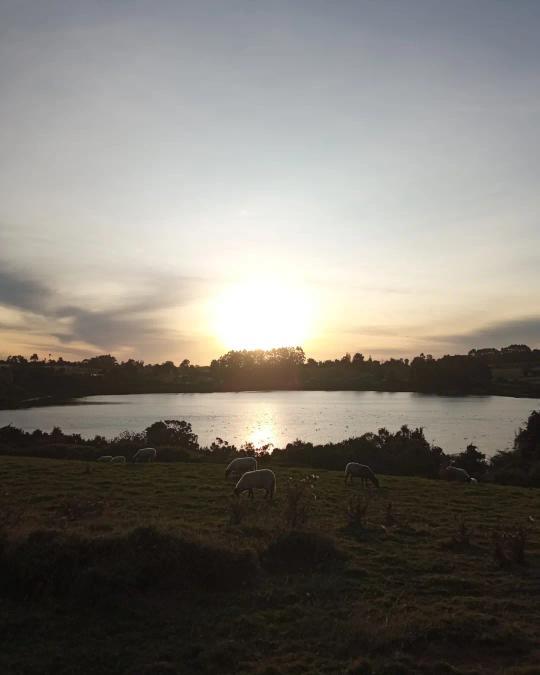

Tanto mar para nuestros remos
Llegamos a Angelmó un domingo, poco antes de las cuatro de la tarde y la lancha Patagonia ya estaba en el muelle. Antes de embarcarnos, cargamos varios sacos de trigo que enviaba Sofía a su familia. Sofía es una amiga del sur. Es hija de Marlene Neumann, directora de la Escuela Unificada de Isla Huar y nosotros viajábamos hacia la isla.
Ya adentro de la cabina de los pasajeros, me recosté en los colchones y salvavidas que estaban amontonados en la proa de la embarcación. Allí se escuchaba el fluir de las aguas y en cada golpe de ola crujían los maderos, como si el mar estuviese jugando con la embarcación, queriendo verla por dentro. Como si el Seno Reloncaví estuviese abriendo el fuelle de un acordeón marino.
Después de dos horas de viaje llegamos Huar. Dicen que la isla se llama así en homenaje a un indígena chono llamado Huercán. Esa versión indígena colisiona con un relato exagerado que cuenta que la isla entera fue regalada por una misión católica que nombró al sector San Felipe de Huar, en homenaje a un cura misionero. No es descabellado leer la isla desde lo religioso, sobre todo porque hasta el día de hoy es una isla que posee cinco iglesias funcionando para sus cerca de mil quinientos habitantes.
Cuando llegamos en el embarcadero apareció una camioneta antigua y enorme de color rojo que esperaba el cargamento de sacos de trigo para las gallinas. También nos esperaba la señora Angélica que nos llevó a su bondadoso hospedaje.
Viajamos con la bailarina Paulina Aburto que presentó Mi propia fiesta; una obra que da cuenta de su propia historia por las danzas folclóricas del norte y del sur bajo el lenguaje de la danza contemporánea. El público estuvo compuesto por la totalidad del alumnado, además de los profesores y profesoras de la escuela. También tuvimos tiempo de hacer una clase de literatura para releer un relato maravilloso escrito por el músico Javier Aravena en nuestro libro Poesía a Cielo Abierto: travesías literarias isleñas. Editado por Provincianos editores. Finalizamos con una exposición del propio ilustrador del libro; Francolibrí. Sobre la mesa aparecieron tintas, gubias y rodillos quizás por primera vez.
En la pandemia, con el editor Andrés Urzúa y Franco, realizamos ese libro infantil antológico. Fue escrito por poetas, narradores y músicos. El capitán Helmuth se encargó de distribuirlo por algunas de las escuelas del Seno Reloncaví; en los mismos establecimientos educativos que habíamos visitado en las travesías literarias de Cielo Abierto en años anteriores. Ser original es volver al origen, dice el poeta Nelson Navarro.
Carolina y Julia amarraron toda la producción de esta vuelta al mar. Volvimos a este lugar que resguarda en su interior a cintos de cisnes de cuello negro y enormes cormoranes. Carolina y Julia hicieron la técnica y el sonido, y fueron la miel de todos los mates. Ellas son las nuevas exploradoras de nuestra cartografía del maritorio.
De vuelta en Calbuco almorzamos sopa de mariscos mientras sonaba una radio de otro tiempo. Como si una señal perdida de los años 90 hubiese entrado de golpe a un presente ajeno. Es que en el mar se pliegan los tiempos.
Puerto Montt desde la isla Huar se ve pequeñísimo. Como un dibujo futurista que brota entremedio de eternos volcanes y cerros magnéticos. Mucho más grande se expande el Seno Reloncaví; sobre sus aguas surcan las barcazas y las historias que cruzan de un lado para el otro sobre el lomo de las más furiosas y tiernas corrientes marinas.
Oscar Petrel
Pelluco
Marzo del 2023
0 notes
Photo

#chile #instachile #naturaleza #surdechile #puertovaras (en Volcan Calbuco, Puerto Montt) https://www.instagram.com/p/CgRsD0-Mnxz/?igshid=NGJjMDIxMWI=
1 note
·
View note
Photo

Phenomenal lightning occurring in the volcanic plume during the eruption of the Calbuco volcano in Chile in 2015. This dramatic scene was captured through long exposures by landscape photographer Francisco Negroni who is known for his spectacular images depicting extreme weather conditions. This technique allows him to capture the details and intensity of the event. Volcanic lightning is caused by the collision of ash, rock, and ejecta, which then generates static electricity that builds up in the atmosphere before being released in the form of a lightning bolt. 📷 Francisco Negroni (Photographer's portfolio in comment) (bij Calbuco) https://www.instagram.com/p/CfvnvqKIYJv/?igshid=NGJjMDIxMWI=
0 notes
Video
youtube
Welcome to the news channel of the Angry Nature, Today we will tell you about Calbuco Volcano,Chile,, Terrible Mount Sinabung👇volcano Indonesia https://youtu.be/a0YgdSE0iQg Calbuco is a stratovolcano in southern Chile, located southeast of Llanquihue Lake and northwest of Chapo Lake, in the Los Lagos Region, and close to the cities of Puerto Varas and Puerto Montt. The last major eruption of Calbuco, 1961, sent ash columns 12-15 km high and produced plumes that dispersed mainly to the SE as far as Bariloche; two lava flows were also emitted. Geological Summary. Calbuco is one of the most active volcanoes of the southern Chilean Andes, along with its neighbor, Osorno. Calbuco is a stratovolcano, also known as a composite volcano, a conical volcano built up by many layers (strata) of hardened lava, tephra, pumice, and volcanic ash. The eruption led the Chilean Emergency Management Agency and the Chilean Geology and Mining Service (SERNAGEOMIN) to order evacuations within a 20-kilometer (12 mile) radius around the volcano. About 1,500 to 2,000 people were evacuated; no casualties have been reported so far.Apr 23, 2015 #calbuco_volcano #chile_volcano #angry_nature #calbuco_eruption #calbuco_lava #calbuco #volcano_eruption #volcano #eruption #lava #volcano_2022 #chile_eruption
0 notes
